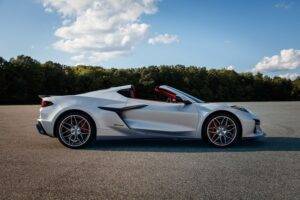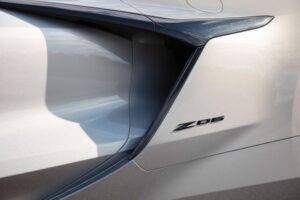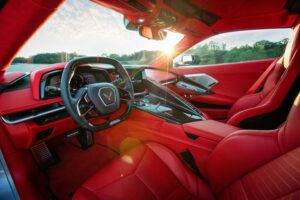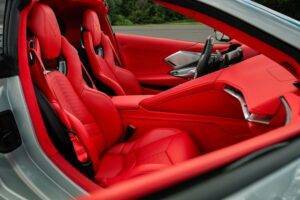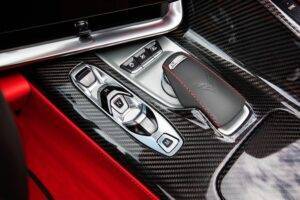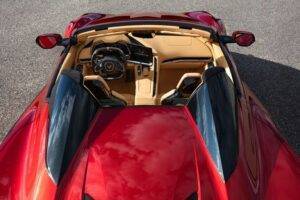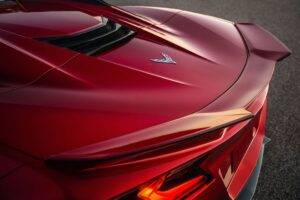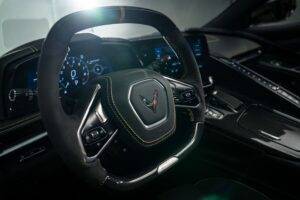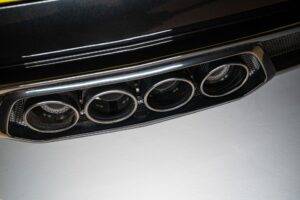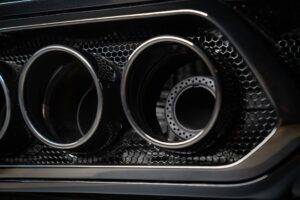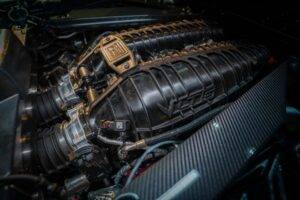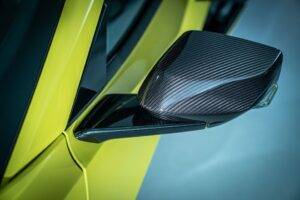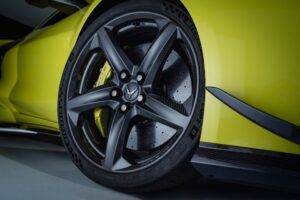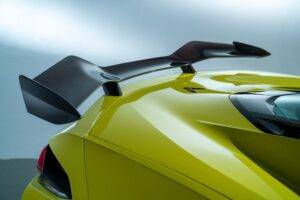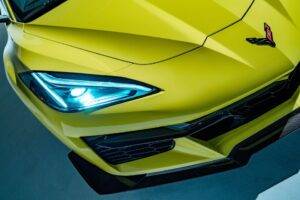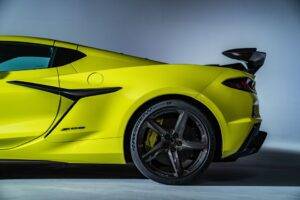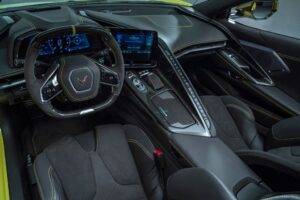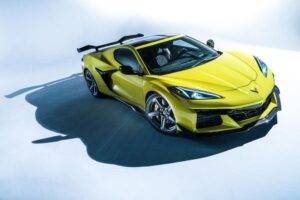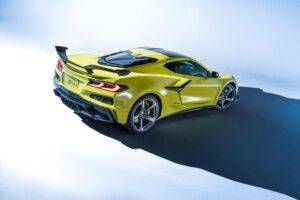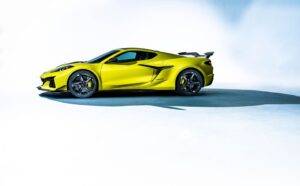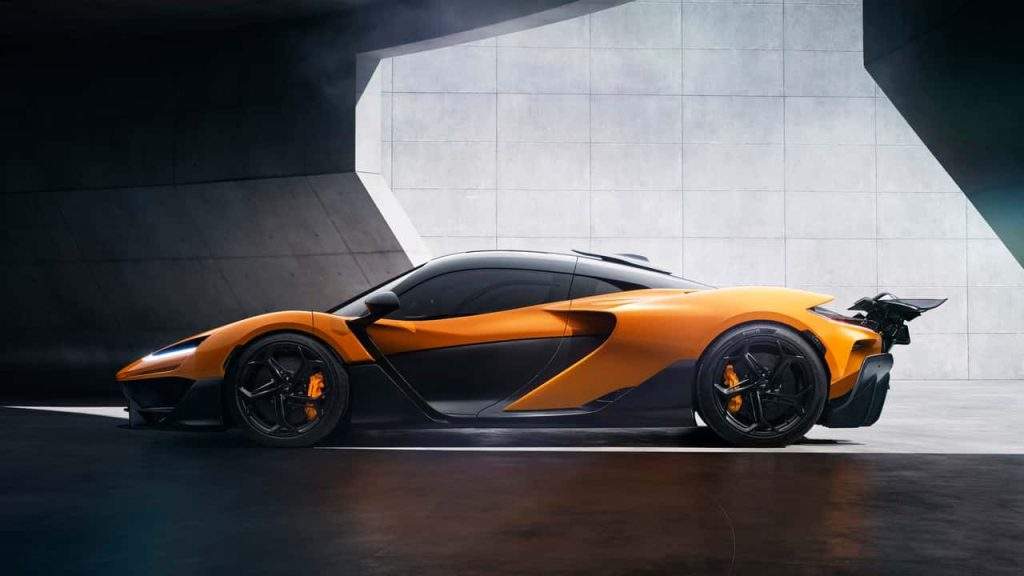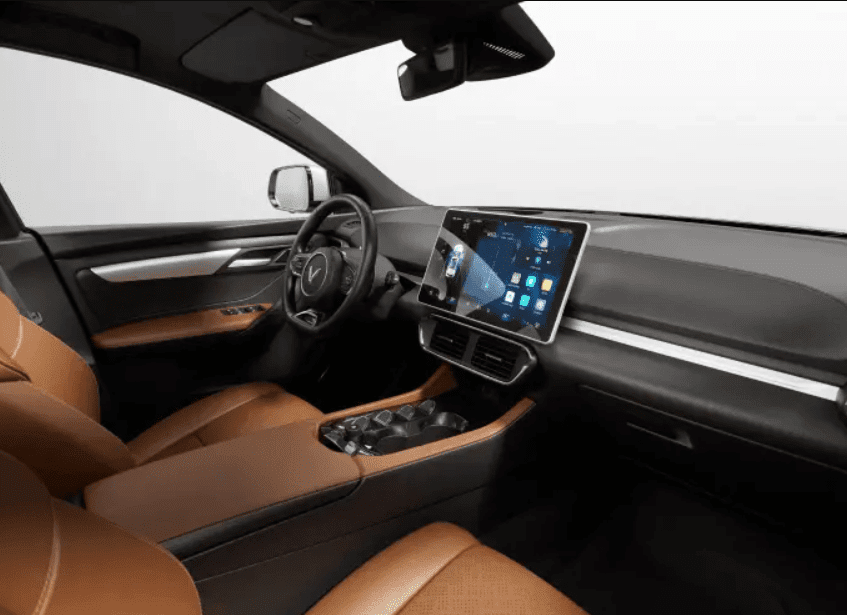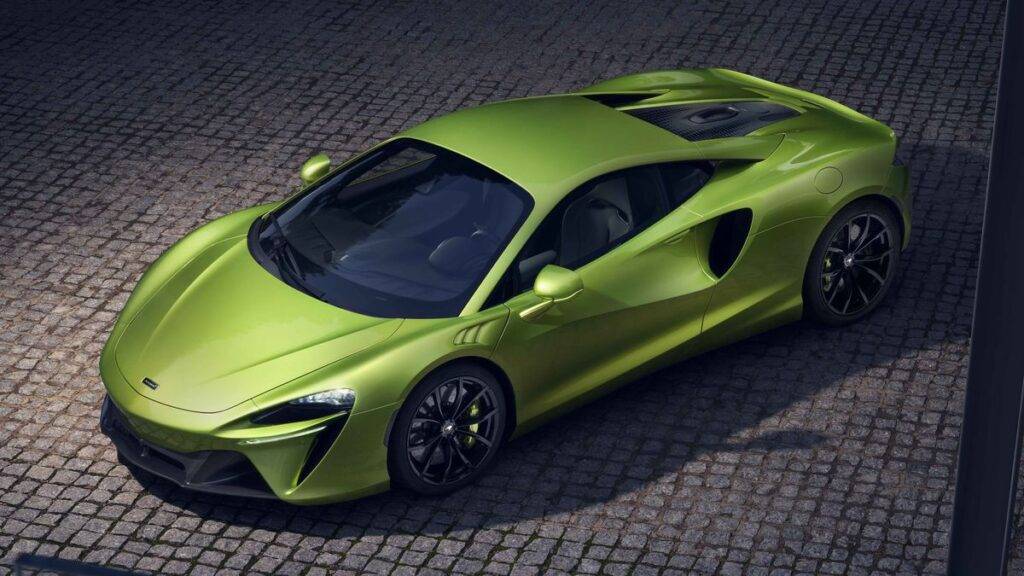The Corvette C8 Z06 Is What a Z06 Should Be
By ditching the supercharger, Chevy has taken the Z06 back to its purist track-rat roots.
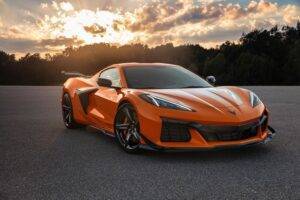
If you own a C7 Z06, allow me to congratulate you on your gnarly hunk of machinery. With 650 supercharged horsepower stuffed under its bulging hood, the C7 Z06 wasn’t a car for novices. It’s not like it had any evil handling characteristics, but a front-engine car slamming 650 pound-feet of torque through the rear tires is going to be inherently traction challenged. Seldom have Michelin Pilot Sport Cup 2s worked as hard as the ones on the back of a C7 Z06—except maybe the ones on the back of a C7 ZR1, which had 755 horsepower. That one was supercharged, too. It was like a Z06, but more.
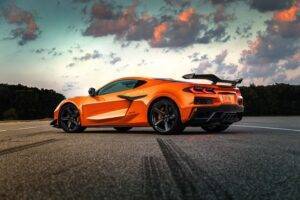
Which was disappointing for Corvette fans who’d come to expect the Z06 to embody a certain track-rat purism, defined by low weight and a high-revving, naturally aspirated V-8. When the C5 Z06 debuted 20 years ago, it was only available in hardtop form—no hatch—with a manual transmission. Its successor, the C6 Z06, packed one of the more memorable engines of the past two decades, the LS7 7.0-liter V-8 that revved to 7000 rpm and cranked out 505 horsepower. It was also only available in hardtop/manual configuration. By the time the C7 debuted, you could get a Z06 convertible with an automatic. In our Corvette fanfiction, the C7 Grand Sport (Z06 body, natural aspiration) got the LS7, the Z06 was called the ZR1, and the ZR1 was the L88. You follow? Of course you do.
Now, with the C8, the Z06 is returning to its roots. You could say that its 670-hp 5.5-liter double-overhead-cam V-8 is the spiritual heir to the Mercury Marine–built 5.7-liter screamer from the C4 ZR1, a car that should have been a Z06 (it belongs to that universe, and that’s an argument we can have at the next Bloomington Gold). Pushrods—or lack thereof—aside, this new engine is a worthy successor to the LS7, except it revs even higher and uses a flat-plane crank. You know who else makes a naturally aspirated flat-plane V-8? Nobody!


But Ferrari used to, which is why Chevy benchmarked the old 458 Italia rather than the newer turbocharged 488 GTB. They’re chasing an experience, not just a lap time. A Ford Mustang Shelby GT500 (supercharged V-8, dual-clutch automatic) will torch a GT350 (flat-plane naturally aspirated V-8, manual) around any track you care to name, but the GT350 driver will be immersed in a more visceral experience. It’s like the difference between a Porsche 911 GT3 and a GT2: the turbocharged GT2 is quicker, but that doesn’t mean it’s more rewarding to drive.
The C8 Z06 is an anomaly in the modern world, a special model with its own special engine. Bolting on some boost is far easier than designing a valvetrain that can survive 8600 rpm and accommodating the vibration challenges that come with a flat-plane crank. (Like, screw-on oil filters that unscrew themselves, prompting a design change.) But that’s how you get a street-legal car that sounds like it belongs on an F1 starting grid—by doing things the hard way.
The C8 already had the exotic mid-engine looks. Now it’ll have the sound and, we expect, the pace to hang with the best of the European stuff—Chevy is claiming a 1.2-g skidpad number with the Z07 package. “Corvette or 911 GT3?” is about to become topic worthy of serious debate.
If past is precedent, then we’d expect Chevy to follow the Z06 with a ZR1 that uses forced induction to generate silly numbers—mega horsepower, higher top speed, lower lap times. And that car, we’ll respect. But the Z06 will be the one we love.
